
Date: Mon Jun 25, 2018
Time: 10:30 AM - 12:00 PM
Moderator: Rodrigo Ortega
There is a knowledge gap in agriculture. For instance, there is no way to tell with precision what is the outcome of cutting N fertilizer by a quarter on important outcomes such as yield, net return, greenhouse gas emissions or groundwater pollution. Traditionally, the way to generate knowledge in agriculture has been to conduct research with the experimental method where experiments are conducted in a controlled environment with trials replicated in space and time. While this method has proven its potential to generate knowledge, it has also shown limitations in terms of speed and amount of resources required. Indeed, at the current pace of agricultural impacts on the biosphere, it is likely that traditional experimental research won't be able to generate the knowledge required in a timely fashion. A paradigm shift is needed to shorten the time between the detection of a problem and the access to a reliable solution. One possible avenue is to use another scientific approach, notably the observational method, which relies on a large number of observations to draw conclusions. The advent of communication and information technologies in agriculture opens new possibilities, notably to conduct observational research with big datasets. By observing farm inputs and outputs contextualized with soil, climate, and weather data, there is a tremendous potential to improve farm input use efficiency by adjusting prescriptions to each and every location in every field of every farm. It is most likely that to keep up with the rapid pace of agricultural impacts on the environment, observational science needs to be implemented at a global scale.
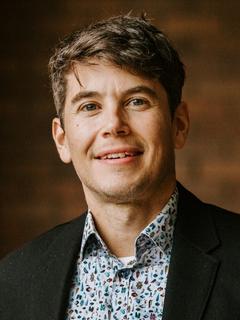
In this study, we assessed the biophysical changes within pineapple (var. MD2) in response to different potassium (K) rates using a hyperspectral approach. K deficiency was detected at 171 days after planting. Shortage of K also exhibited a shift in red edge towards shorter wavelengths between 500-700 nm. In addition, spectral ranges of 430 nm and 680 nm, as well as 680-752 nm were found to be most effective in differentiating spectral response to varying K rates. Three vegetation indices, i.e. Normalized Pigment Chlorophyll Index (NPCI), Plant Senescence Index (PSRI) and Red-edge Vegetation Index (RVSI) were found to best describe K treatment effects on pineapple canopy reflectance. This study could be extended further to include pineapple varieties other than MD2, and also key nutrients, such as N and P, for better fertilizer management in peat-grown pineapple.



Citrus production in Florida continues to decline steadily, since the arrival of Huanglongbing (HLB or citrus greening). HLB does not kill the tree, but HLB-infected trees become less productive. Since now, there is no cure for this disease. However, several strategies have been developed to manage and control HLB-infected citrus trees. We have developed and evaluated a heat thermotherapy system (short-term solution) for sustaining productivity of HLB-affected trees. This system heats the canopy and the roots of the trees for a predetermined time and temperature to kill the bacteria. In order to develop an efficient thermotherapy system for treating the tree roots, we first need to know the location and the structure of the roots. In this study, we utilize a ground penetrating radar (GPR), a noninvasive imaging, to construct the map of the root system of a citrus tree in the field. Additionally, we used this system to evaluate several citrus rootstocks and their ability to be HLB-tolerant. The GPR system can develop a high-resolution map of the internal structure of the tree trunk and the rooting system/mass. We have evaluated two antennas with frequencies: (i) 900 MHz (up to 1 m penetration); (ii) 1.6 GHz (up to 0.5 m penetration; better resolution than the 900 MHz). Several maps of citrus tree rootstocks were created to visualize and evaluate the root morphology of HLB-infected trees.
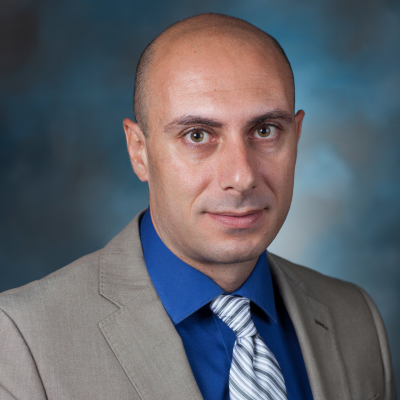
The growth and development of Concord (Vitis labruscana Bailey) depends on internal and external factors. As a result, both vegetative and reproductive cycles of Concord vary based on growing season and vine status. Fresh berry weight also fluctuates depending on the growing season and location of the vineyard. Knowledge of berry weight dynamics across growing season is essential to accurately predict final yield at harvest based on early season crop estimates. The main objective of this study was to develop the state of the art methodology to precisely estimate Concord fresh berry weight.
The experiment was conducted from 2011 to 2014 at nine vineyards distributed along the Lake Erie American Viticulture Area (AVA). Data collection on Fresh Berry Weight (FBW) was carried out for each vineyard starting two weeks pre-veraison until harvest. The Percent of final FBW was computed for each vineyard across individual growing seasons using FBW and FBW at 100 days after bloom. The weather data including daily Growing Degree Days (GDD) were obtained from Cornell University Network for Environment and Weather Applications (NEWA). A Machine Learning (ML) Randomforest (RF) algorithm was adopted to model the dynamics of percent of final FBW for each individual vineyard. The model performance was evaluated by comparing the observed and predicted FBW for the test subsets. Several statistical metrics such as Mean Error (ME), Mean Absolute Error (MAE), Root Mean Squared Error (RMSE), correlation coefficient (r), and model efficiency (EF) were computed and reported to compare the efficiency of the model for each vineyard.
The results of the model evaluation indicated that for all the years and the sites combined ME was 0.6 % and MAE was 6 % while RMSE was 1.3%, r was 0.9, and EF was 92%. The results also indicated that the ME, MAE, RMSE, and r varied depending on the vineyard location as well as the vineyard management status. The highest MAE and RMSE associated to a vineyard that was not well-maintained. This study was able to apply RF technique to successfully capture the dynamics of Concord FBW across multiple regions and growing seasons.
In semi-humid climate, spatially resolved analysis of water deficit was carried out in apple orchard (Malus x domestica 'Pinova'). The meteorological data were recorded daily by a weather station. The apparent soil electrical conductivity (ECa) was measured at field capacity, and twenty soil samples in 30 cm were gathered for texture, bulk density, and gravimetric soil water content analyses. Furthermore, ten trees were defoliated in different ECa regions in order to estimate the leaf area ratio (LAR).
The crop evapotranspiration (ETc; mm/d) was computed by multiplying the actual evapotranspiration (ETa; mm/d) and considering the soil water stress coefficient (Ks), soil surface evaporation coefficient (Ke) and LAR. These values were implemented in the Geisenheimer irrigation model for calculating the water deficit using crop coefficient (Kcb) in the crucial developmental stages: full bloom, cell division stage, and harvest. A positive correlation was observed between the ECa and total available water content in the root zone (r = 0.78, p<0.05). Furthermore, the influence of LAR on the water balance was quantified, pointing to the reasonability of spatially resolved water balance.
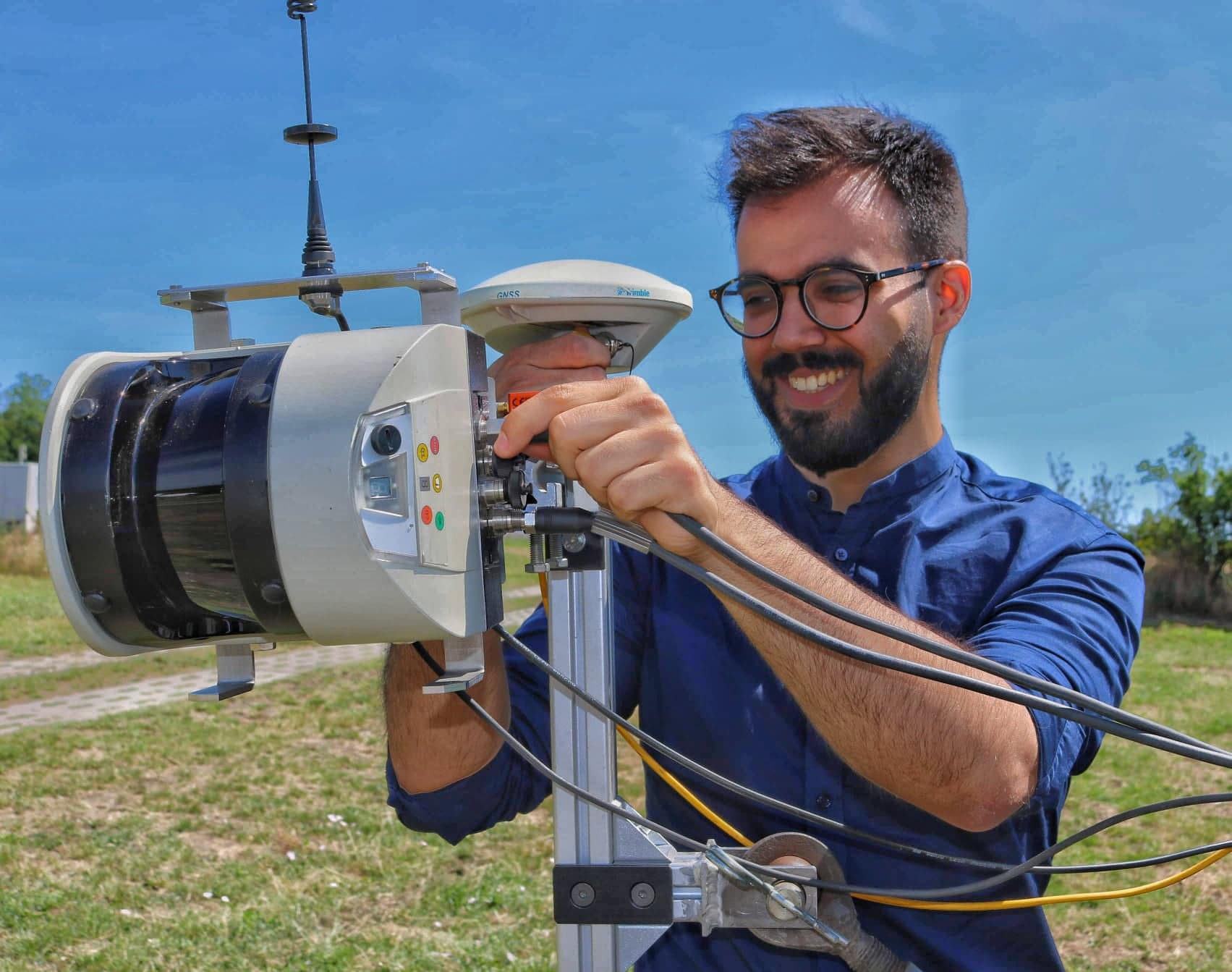
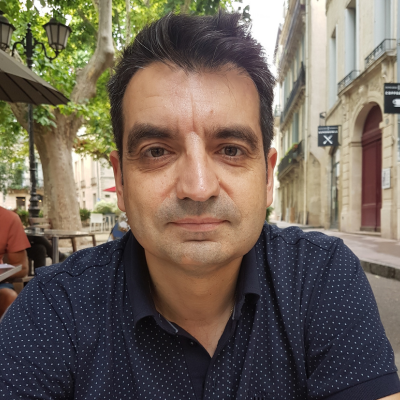
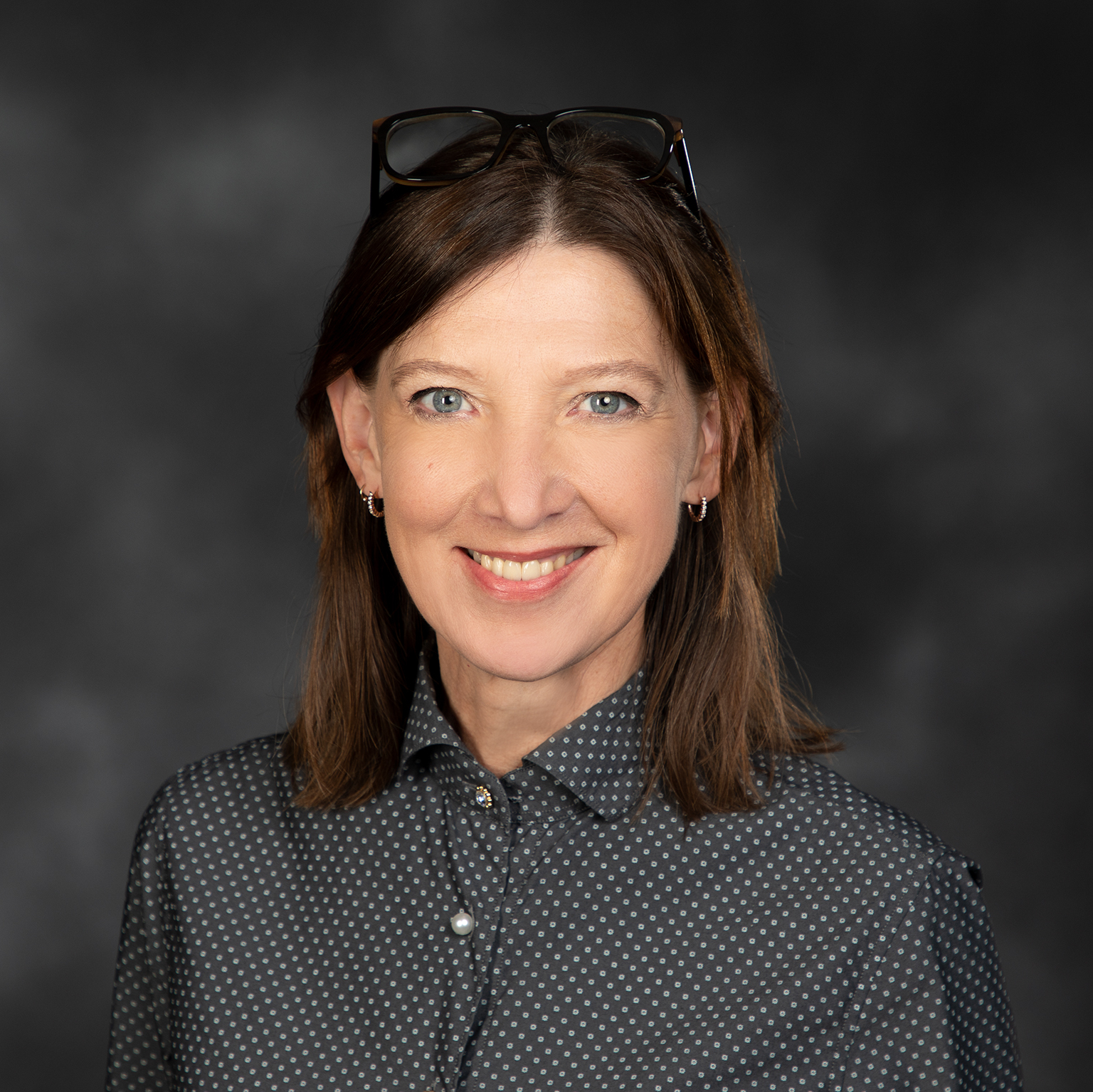
New proximal sensing technologies are desirable in viticulture to assess and map vineyard spatial variability. Towards this end, high-spatial resolution information can be obtained using novel, non-invasive sensors on-the-go. In order to improve yield, grape quality and water management, the vineyard water status should be determined. The goal of this work was to assess and map vineyard water status using two different proximal sensing technologies on-the-go: near infrared (NIR) reflectance spectroscopy and thermal imaging. On-the-go spectral and thermal measurements were acquired at solar noon, on east side of the canopy in a Tempranillo (Vitis vinifera L.) commercial vineyard. A spectrometer (1100-2100 nm) and thermal camera operating at 0.30 m and 1.20 m respectively from the canopy were mounted on a ATV which moved at 5 km/h. Midday stem water potential (Ψs) was used as reference method. Spectral, thermal and physiological measurements were acquired over several dates from July to September, in seasons 2015 and 2016. Partial least squares (PLS) was used as the algorithm for the training of the water stress spectral prediction models. In the cross- validation, all determination coefficients (R2) were above the 0.89 marks for Ψs. Moreover, canopy temperature and the crop water stress index (CWSI) were correlated to stem water potential (Ψs), with a R2 value of 0.79. Vineyard water status was mapped using both near infrared reflectance spectroscopy and thermal imaging technologies and enabled the identification and delineation of zones with homogeneous grapevine water status to steer precise and optimized irrigation schedules in the context of precision and sustainable viticulture. These results suggest that both near infrared reflectance spectroscopy and thermal imaging can be used to non-destructively assess and map the vine water status in commercial vineyards. In conclusions, both new sensing proximal technologies show the potential applicability for assessing and mapping of vineyard water status in precision viticulture.

